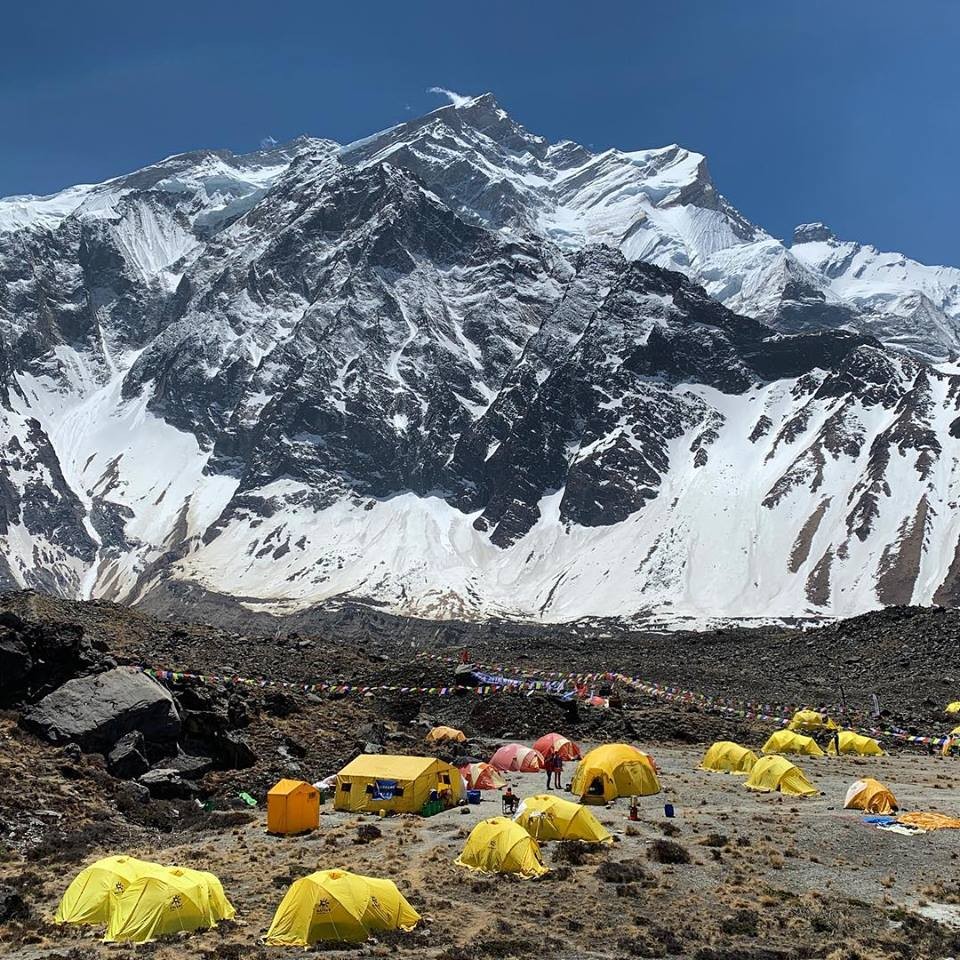
Nepal is surrounded by the top 8 mountain among the top 10 mountains in the World and some fo the most beautiful landscape which are only reachable on foot.
Trekking is most popular activities in Nepal since the 1960s. Trekking has been most leading activities of toursist in Nepal. More variety of option allows for peoples of different ages attempt a trek in the country. Everst and Annapura has been the most popular region where many trials can be followed like Kanchanjanga and Langtang region.
The best seasons for trekking are the dry and warm seasons, March-June and September-November. During these times, the temperature is bearable and skies are usually clear, although the skies are foggier and the rain begins in May-June.
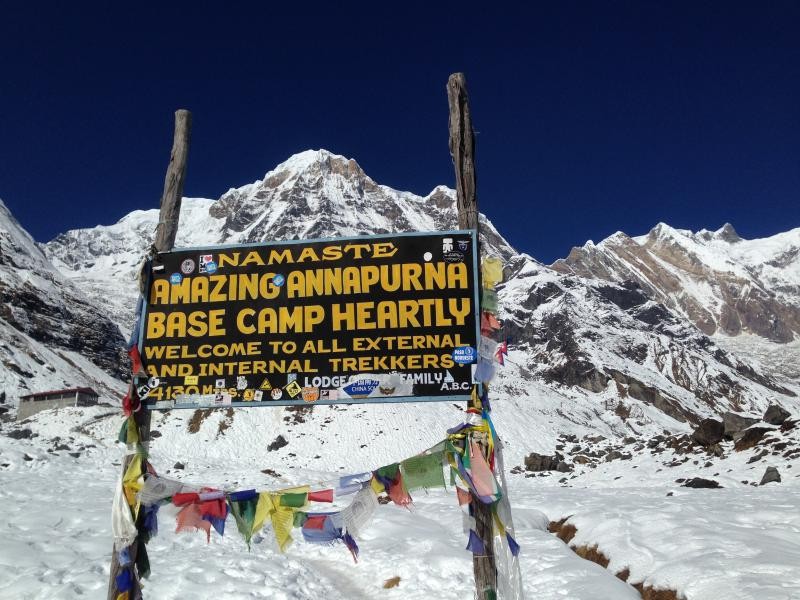
Annapurna is a massif in the Himalayas in north-central Nepal that includes one peak over 8,000 metres, thirteen peaks over 7,000 metres, and sixteen more over 6,000 metres.These parts are considerably drier than the southern slopes of the mountains. This leads to an arid landscape that is desertlike and very different from regions lower down where there are green pastures and fertile farmland. Views of lush, fertile farmland and undisturbed natural forest, snow covered mountains, and encounters with a mixture of many ethnic communities, all add up to a diverse range of experiences that make the Annapurna trek one of the most satisfying treks among all destinations in Nepal. The Annapurna chain of mountains lies inland causing a large area incuding Manang and Mustang to fall in the rain shadow, where the ideal time for trekking is during the monsoon as there is no rainfall in these areas.
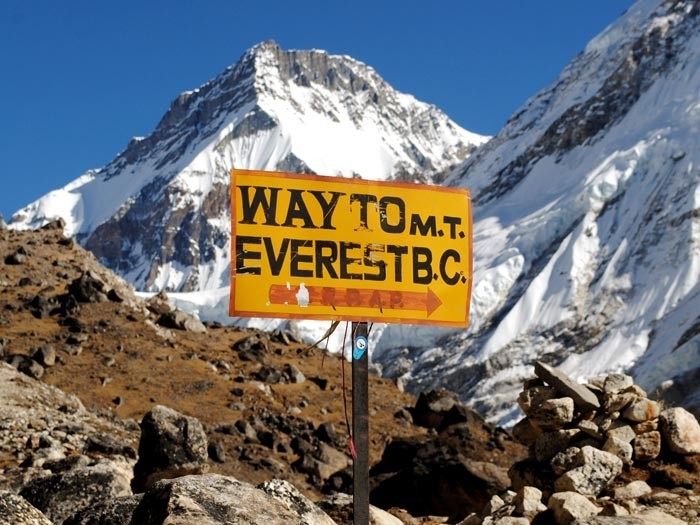
Everest base camps refers to two base camps on opposite sides of Mount Everest. South Base Camp is in Nepal at an altitude of 5,364 metres, while North Base Camp is in Tibet at 5,150 metres. These camps are rudimentary campsites on Mount Everest that are used by mountain climbers during their ascent and descent.Everest base camps refers to two base camps on opposite sides of Mount Everest. South Base Camp is in Nepal at an altitude of 5,364 metres, while North Base Camp is in Tibet at 5,150 metres. These camps are rudimentary campsites on Mount Everest that are used by mountain climbers during their ascent and descent. Starting from Lukla, a gentle two-day trek up the Dudh Koshi valley leads to the famous Namche Bazaar. The route has an abundance of tea houses. Phakding and Monjo are the popular stopovers on the first day and just beyond Monjo is the entrance to the Sagarmatha National Park at Jorsale check point. Permits are checked here. The trail that followed the Dudh Koshi River starts going uphill from the suspension bridge just a few minutes from Jorsale. After a 3 hour hike, Namche Bazaar is reached. It is good to halt here for a couple of days to acclimatize by walking in and around Namche as acclimatization cannot be done in a hurry. A visit to Syangboche or some Sherpa villages such as Thame, Khumjung and Khunde just a few hours walk from Namche are good options for whiling away your time here. Leaving Namche Bazaar, the trail follows the valley of Imja Khola with spectacular views of Thamserku, Kangtega and Ama Dablam mountains, and dominating the skyline ahead are the giants, Lhotse and Everest. The most common night halt after Namche is at the top of a steep climb from the Imja Khola at Tengboche. The Tengboche Monastery is one of the most famous monasteries, probably because of its unrivalled backdrop, Mt. Ama Dablam. Following the Imja Khola from Tengboche, the trail ascends through Pangboche until Pheriche or Dingboche is reached, where the days trek ends. Another day of acclimatization follows with a fascinating side trip to Chhukung which is about a 3 hours walk from Dingboche. From Dingboche or Pheriche a 6 hour walk leads to Lobuche which sits on the lateral moraine of the Khumbu glacier. What follows is a roughly 3 hour hike from Lobuche to the last settlement on the trail known as Gorak Shep. The few tea houses at this place provide shelter for the night before one undertakes the final leg of the trek over the glacier to Everest Base Camp. Above Gorak Shep can be seen the popular view point known as Kala Patthar, from where many a trekker has captured the image of the world’s highest mountain and gazed up in awe. The trek along the glacier to base camp can take up to five hours. This is treacherous ground and one must walk through this area cautiously, as finding a route through can be tricky and the risk of falling on the ice is great.
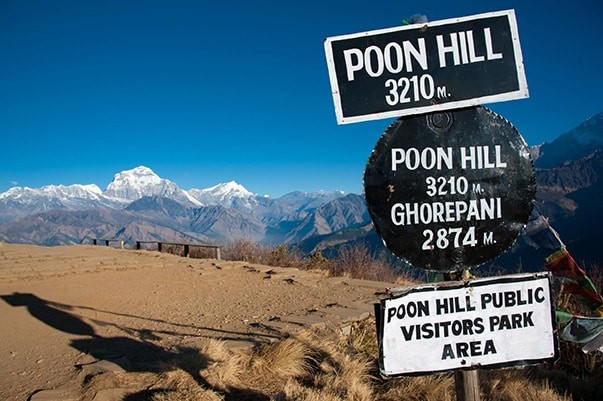
Ghorepani Poonhill Trek of Nepal is one of the most popular and easiest treks in Annapurna region, well suited for those short for time or hoping for an shorter, easier treking holiday than trekking the Annapurna Circuit or Everest Base Camp Trek. Situated at an altitude of 3200m and just beneath the greatest Himalayan Range, the area is famous for fascinating traditional villages, ethnic communities, rhododendron forests and magnificent 360-degree views of more than ten snowcapped mountains. It is the easiest and shortest trek that doesn't require any experience in trekking.
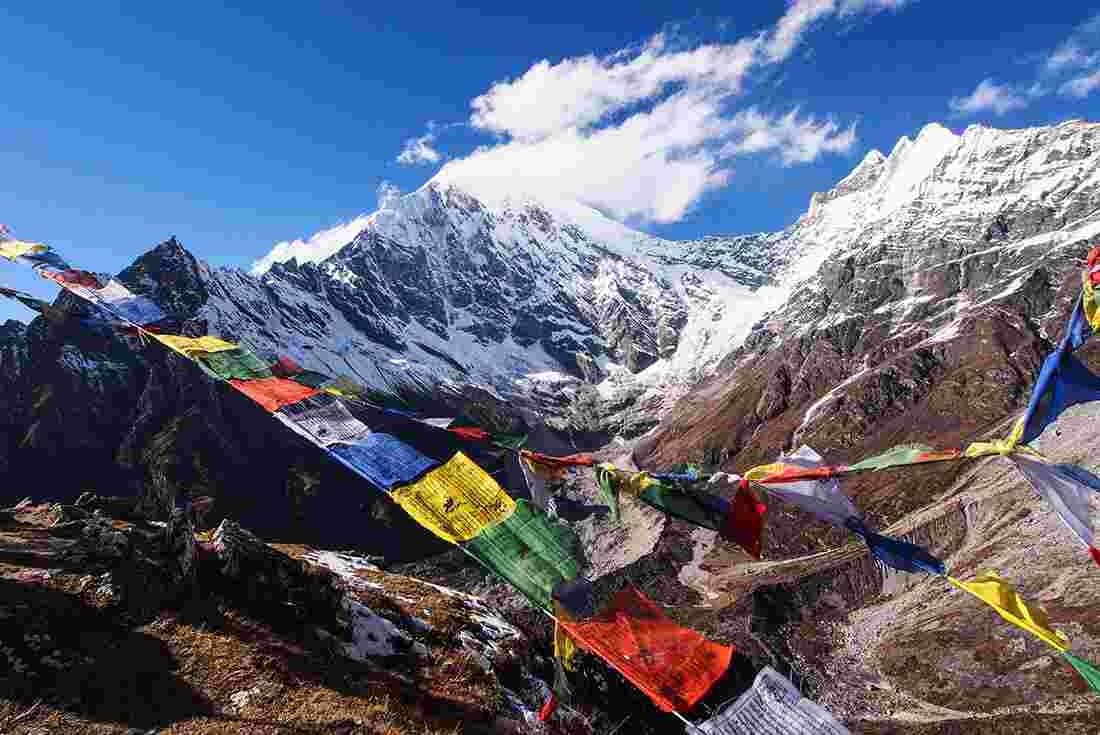
Langtang is a region in the Himalayas of Nepal to the north of the Kathmandu Valley and bordering Tibet. The Langtang National Park is located in the area. About 4,500 people live inside the park, and many more depend on it for timber and firewood. The majority of the residents are Tamang. The trek passes through Langtang National Park, ensuring pristine countryside and flora and fauna, as well as yak pastures and even home-based cheese factories! Himalayan pheasants, Himalayan deer, Himalayan bears, monkeys, and the elusive red panda, are native to this region. Langtang Village was completely destroyed during the April 2015 earthquake. The resilient locals have, however, been busy rebuilding and some teahouses and lodges have been rebuilt and are open. The best way for people to help is to continue to visit this area.
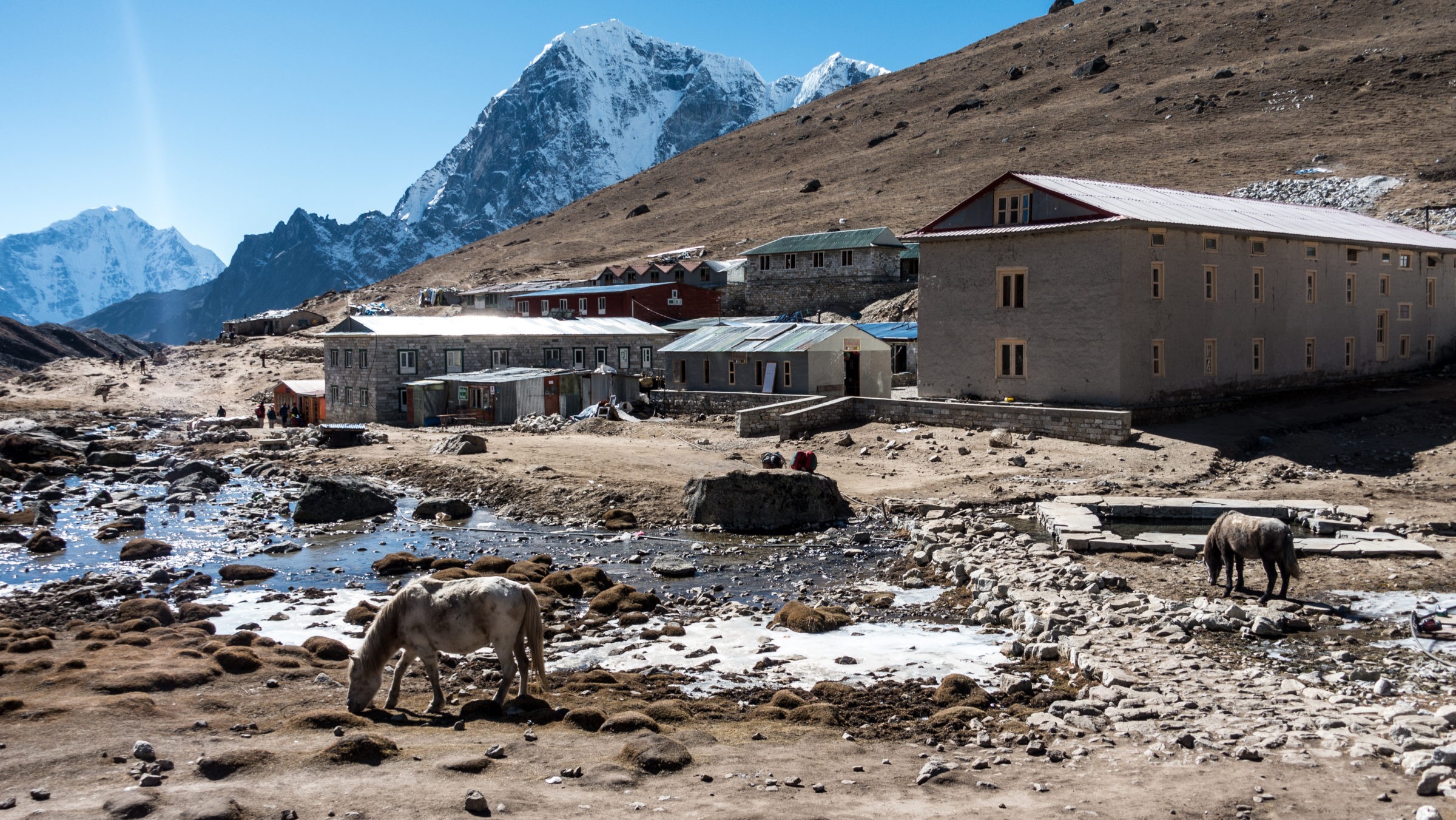
Tengboche Monastery, also known as Dawa Choling Gompa, in the Tengboche village in Khumjung in the Khumbu region of eastern Nepal is a Tibetan Buddhist monastery of the Sherpa community. Situated at 3,867 metres, the monastery is the largest gompa in the Khumbu region of Nepal. The trekking route goes through alpine forests and interesting villages, and along the glacier-fed Dudh Koshi and Bhote Koshi rivers to a market town with a name that conjures up pictures of red-cheeked Sherpa children and generations of mountain expeditions from around the world – Namche Bazaar. Namche is the entrance to Sagarmatha National Park, home of the allusive snow leopard and red panda. This area has been included in the Sacred Himalayan Landscape initiative by the World Wildlife Fund (WWF) for very obvious reasons. Namche is also a bustling market town where visitors can see Sherpa people at work, see other trekking and mountaineering groups stock up on supplies for their expeditions, and make use of the internet, drink good coffee and eat in great restaurants! From Namche Bazaar it is possible to take a short trek to Khumjung Village to visit the school set up by Sir Edmund Hillary, the first man to successfully summit Mount Everest in 1953. By setting up this school Sir Edmund gave back to the Sherpa community who continue today to be the backbone of any expedition to Everest. If you are lucky you might bump into the sons of both Sir Edmund and Tenzing Norgay Sherpa who still lead trekking groups in the area. Another highlight of this trek is a visit to Tengboche Monastery. At 3,867m it is the largest monastery in the Khumbu Region. Unfortunately, the monastery was extensively damaged by the earthquakes in 2015.
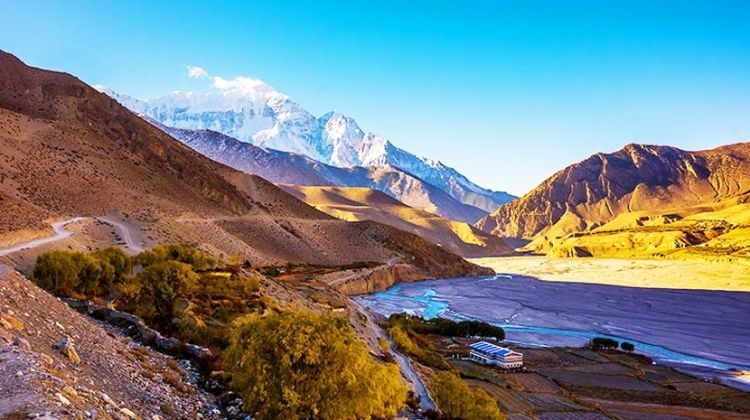
Mustang, once restricted north-western part of Nepal is now open to the foreigners. This arid land attached to the border of Tibet portrays unique natural beauty completely different from other parts of Nepal. The cliffs lined with weather-beaten organ pipes, extending deep into the canyons and the snow-capped mountains are definitely worth viewing. The influence of Sakyapa and Nyingmapa sects of Tibetan Buddhism is prominent amongst the locals. The settlements although sparsely distributed are marked with ancient Buddhist monasteries.